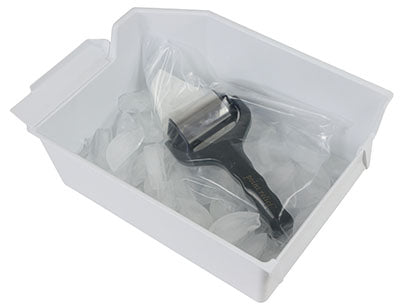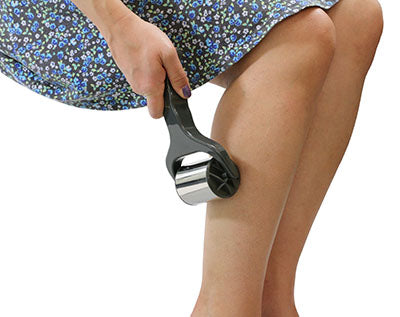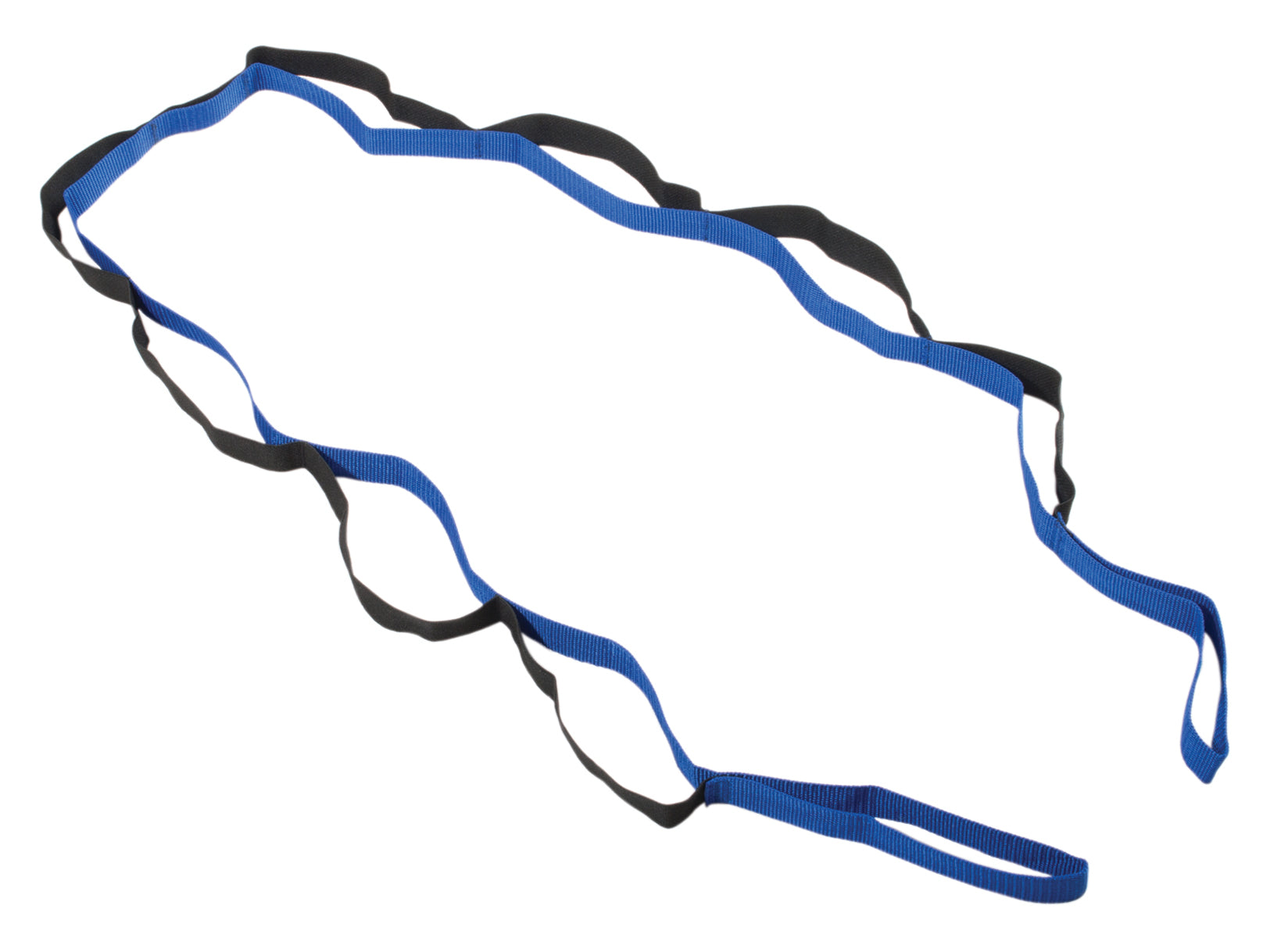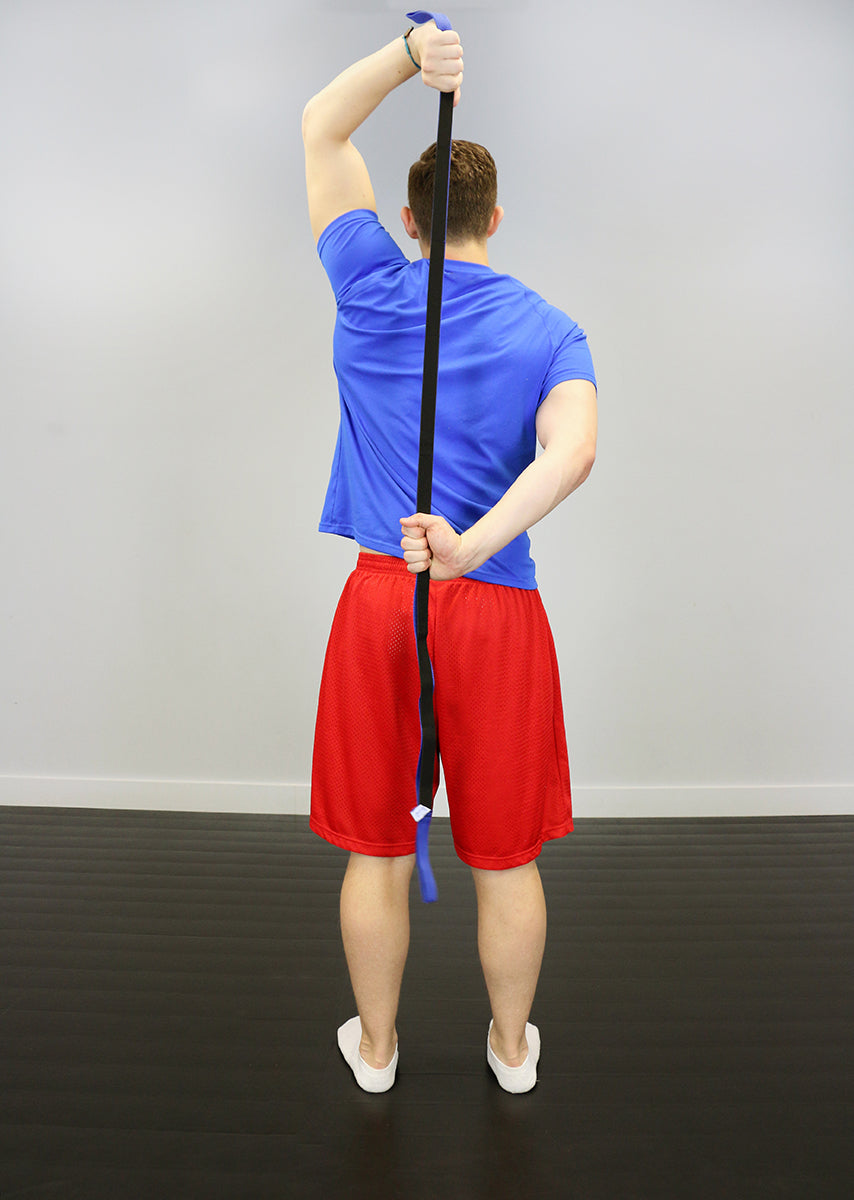It’s that time of year where social media tells you “volume”, “off-season”, and “holiday gainz.” It certainly seems that this time of year there are fewer people in direct meet prep and more people continuing to dial in technique or not following much of a program at all after having competed somewhat recently. With regard to true improvement, longevity, and resilience, once you start prepping for your next meet, I think that this is the most valuable time. It’s a huge opportunity to set yourself up for success as you increase intensity in the coming months. The overall health of the nervous and musculoskeletal systems play huge roles in how much force you can actually generate.
RECENT: Common Behaviors of Lifters Who Know How to Improve
As you scroll through your social media, based only on look of movement you can visibly pick out lifters that are healthy and those that are training through nagging injuries. That being said, other than the obvious choice of alternate bars and stances, there are a certain few staples that I think should be included in any lifter’s training when not prepping for competition. Once most of these things line up, I tend to see people come into meet prep relatively healthy with improved mobility and stability, resulting ultimately in the ability to generate more force under the bar. After heavy meet prep, many lifters are ready and anxious to do something a little different and start adding in all sorts of mobility work when they may just need more exposure to different variations of movement. A few of my staples for athletes include:
1. Unilateral Work
This type of work must be done well, with controlled execution. There are approximately six million videos of people performing variations of split squats, RDL’s, lunges, and far more creative exercises. I don’t think we need more variations; if anything, every strength athlete I’ve worked with that approaches me injured demonstrates significant difficulty doing the basic movement unilaterally, much less with good control. That is not a coincidence. With single-leg work, rushing through your sets and reps will get you “better,” but controlling each rep of each set will feed your body all sorts of proprioceptive information and give you some good, solid neuromuscular feedback and coordination.Do not undervalue that. It is one of the biggest mechanisms we have for improving how we move under heavy weight. If you want to move big weight, you need to have a stable surface from which to generate force.

Keep these things in mind while performing unilateral work:
- Perform near a mirror or video. Unilateral work is a great avenue to get feedback, both visual and proprioceptive. Use of a mirror and camera lets you compare what the movement feels like, what the movement looks like, and how similar those two things are.
- Utilize the motion that you actually have control over, shoulders and hips especially. Your first few rounds with a new exercise, take your time. You may “miss” where your body cheats by sneaking through that range. Losing control and getting through a range is not the same as controlling the mobility. Your range should improve over time.
- Make it emulate your main lift. If you’re a super upright squatter, maintain that torso angle and keep your hips, pelvis, spine, and core engaged appropriately. Use every rep as a learning opportunity for your body to move how you’d like it to under the bar.
2. Lat Inhibition and/or Retraining
We love lats. We need them to lock in and we need them strong, but as we go through a peaking cycle or a cycle of higher intensity, we don’t realize how much we don’t let them shut “off” once we’ve left training. Over the course of weeks or months, that level of “on”, which you could compare to a light that has a dimmer switch rather than an on/off switch, becomes habitually “on.” This creates a new baseline for us not just underneath the bar but 24 hours a day.The issue with lats that don’t ever shut “off” is that they pull us into a position that is suboptimal under the bar: excessive extension, rounded shoulders, and a thoracic spine that is locked up and flattened. Combined with most of western culture’s lifestyle, we end up letting that habit become our body’s baseline of posture. You need to be able to move and elongate them, rather than just lock them in.
Every time we train, we’re requiring that our neuromuscular system adapt to permit us to access and control range or stabilize under load. But stability requires balance, and the more overactive your lats become, the more difficult it can be to utilize your diaphragm or obliques appropriately to brace. Your bracing and core stability is your foundation if you’re lifting heavy weight. As you’re retraining lats, the intent should be to tone down how much they can overpower other groups. Be sure you can feel obliques engage, keep ribs down, and shoulders neutral. The more you can train the whole bracing subsystem to work together, the more stable you will be under load.
Keep these things in mind for lat inhibition:
- Add the half or tall kneeling positions for exercises like pulldowns, placing your hands just below your ribcage to feel your obliques engage.
- Practice overhead movements, starting in supine or at a wall for proprioceptive feedback to ensure neutral spine.
- Add low trap and triceps work to correct shoulder rounding and/or oppose the general forward shoulder that happens. This should carry over to both your bench and staying upright in your squat. For this to be effective you need to actually make your back and shoulders be where you need them for those lifts.

3. Core Work
I hate to be cliché, but it’s in here for a reason. Usually when I ask powerlifters what core work they’re doing, they say one of two things: "planks" or "what core work?" I cannot overstate how much you will improve your resiliency in your higher intensity phases or high volume phases if you take the time to do the un-sexy things now. Tired of planks? Me too. Challenge yourself to actually make your core work carry over to your main lift more, depending on the lift and where your issue is.Shift to one side in your squat? Rely on your lats too much to brace you and round forward? Lats pull your shoulders forward and over-stabilize you on a bench? General conditioning and bracing an issue?
- Try some unilateral-suitcase carries.
- Try an overhead weighted carry, keeping your ribs down.
- Try supine cable or banded pullovers with core engaged and back flat. This is a decent place to start.
- The trap bar carry done with intentional posture is your staple.
Ben Pollack's recent video doing light side lateral raises with his belt. Ben is, quite simply, one of the legends of our generation — and he is onto something with having conscious control and proprioception with fluff movements. Doing single-arm pulldowns? Engage your obliques with your lats. Curls? Keep your core engaged and shoulder blades in the exact same position throughout the movement.
4. Tempo Work
I wrote an entire article about theutility of tempo training a few months ago. It’s a fantastic tool to provide stimulus without taxation that out-stretches recoverability. Tempo training, especially timed right in a training block, provides the obvious benefits of blood flow to the muscular tissue, but also gives your tendons an opportunity to actually breathe a bit and have enough stimulus to elicit change and mild thickening (in a good way). Most people that I know back off tempo training because they either misapply it or because it sucks to do.
Keep these things in mind:
- Be sure you’re staying within certain parameters in terms of total time per set.
- Sets of 10 on a four-second lift, for example, totals at least 40 seconds per work set, which is longer than we need to have a bar on our back for most high-intensity work sets or heavy maxes. It is, however, a fantastic way to add some hypertrophy based on total time under tension.
- Know your stimulus and what you’re actually trying to accomplish with regard to position, time, and muscle groups trained, combined with your total volume for the day.

5. Train Weak Points
Figure out what you really want to focus on that is a building block for your main lifts. New lifters can focus on multiple cues and are a little more malleable. If you’ve been lifting for years, you know that you’ve created habit over thousands of reps. Technique can be refined and optimized, but as you improve and become more developed in whatever patterns you lift in, there are fewer options or ways to modify technique without a complete overhaul. In attempting to improve or refine technique, keep these two things in mind:- Choose the most bang-for-your-buck improvement, especially if it has carryover to multiple lifts. For example, if you know your upper back tends to be a limiting factor in your squat or pull, train it to mimic as closely as you possibly can what it needs to feel like in those two lifts.
- If effective bracing is an issue for you, pick that as your battle.
JL Holdsworth. I feel like a jackass every time I’m under a bar now because just getting those one or two things to go right can be extremely difficult, but they make a huge difference in overall technique.
Most of these suggestions are pretty bread-and-butter. They’re not creative or glamorous, but they’re where most of us get lazy and don’t actually follow through. As a physical therapist it's no skin off my back, because I can work with that. But as a lifter, I hate feeling like I could have been more productive with my time not spent in prep. With any plan, it’s important to reset goals and actually psychologically acknowledge that you are going to train a little differently for a block. Establish a four to six week block with tangible goals to help maintain consistency. It’s easy to come in and wander aimlessly, hit a set of squats, decide things still don’t feel quite “right” from your meet, and walk out the door.
You are building habits every time you go in to train. Build good ones and own them.






































































